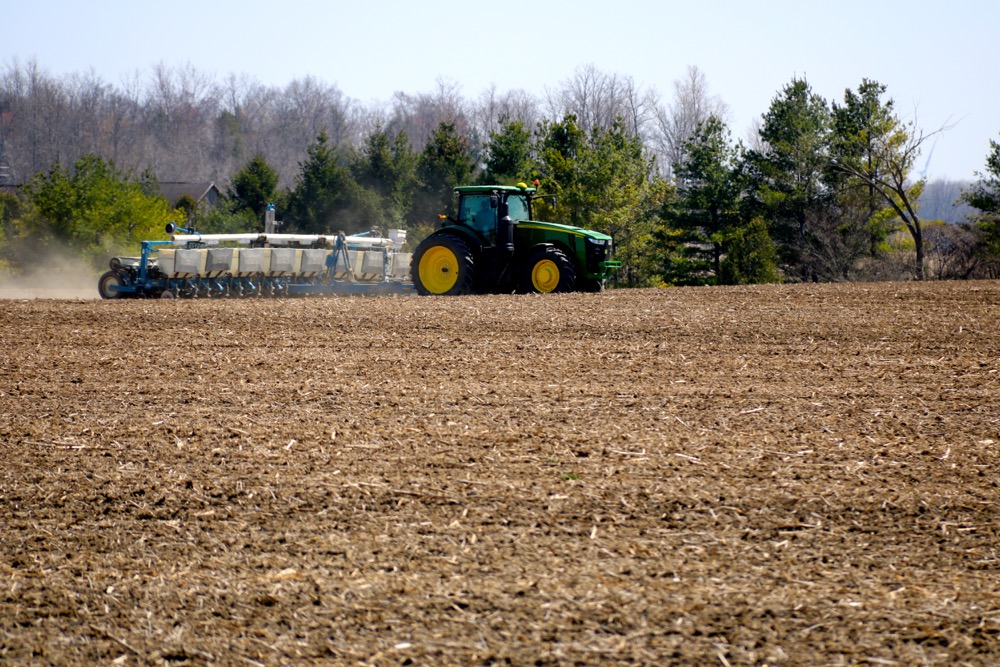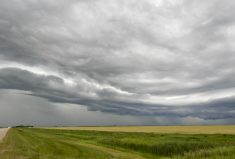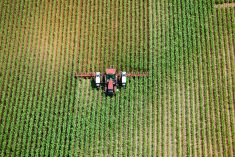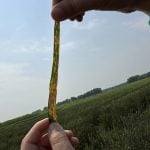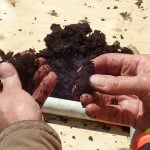[UPDATED: May 16, 2018] Recent spells of dry wind and sunshine mean corn planting has started in southwestern Ontario. In Eastern Ontario, however, producers are being encouraged to sit tight for less soggy conditions.
But despite differences in moisture and temperature, agronomists say farmers from both areas can take some similar — if not often overlooked — steps in protecting themselves against common pitfalls this growing season.
Why it matters: Soil fitness is more important than planting date in getting a crop established, especially making sure soil is warm enough, dry enough and seeds are planted at the right depth.
Read Also
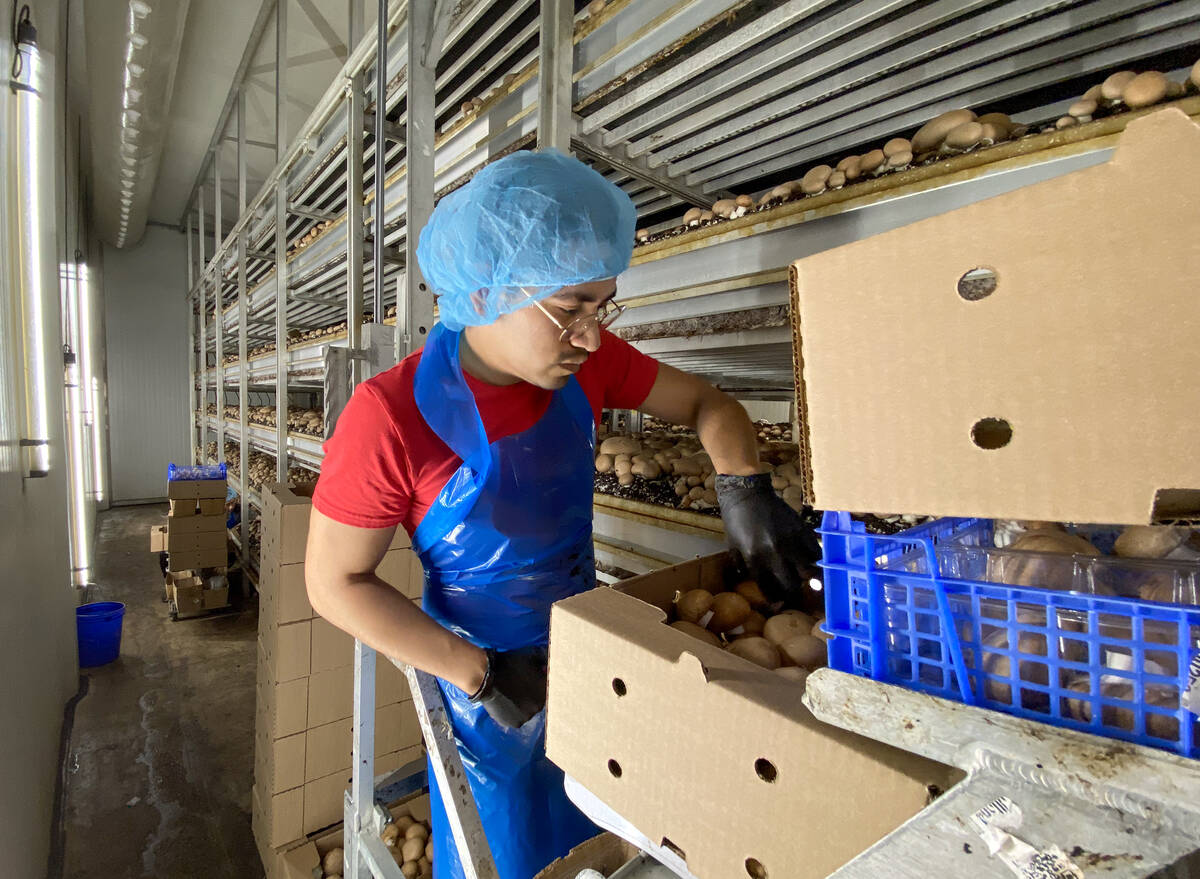
Ontario’s other economic engine: agriculture and food
Ontario Federation of Agriculture president, Drew Spoelstra, says Ontario’s agriculture and agri-food sector should be recognized for its stability and economic driving force.
Prep-time, not down time
While the overall outlook in Eastern Ontario is wet, Paul Sullivan, agronomist and owner of P.T. Sullivan Agro Inc. based in the Ottawa area, says it’s far from bleak. Corn producers, he says, should remember to view wet conditions as an opportunity to prepare. When conditions do change, that is, it’s important for everything to work well in order to minimize further delays.
“We usually get a bit done in April, but that hasn’t happened this year. It doesn’t mean we are way behind yet,” says Sullivan.
He also encourages farmers in the region to consider what other tasks might be immediately practical. This could include burning down unwanted flora, and incorporating fertilizer inputs where necessary.
Patience — a remedy for yield loss and soil degradation Sullivan reiterates that acting practically means employing patience, and specifically, not driving on saturated ground. Soil compaction and smearing, after all, can have significant negative effects on both crop success and long-term soil health.
Despite comparatively favourable temperatures and moisture levels in Ontario’s southwest, Dale Cowan, senior agronomist for Chatham-based AGRIS Co-operative Ltd., also says producers should resist the temptation to head into the field too quickly. Compaction, he says, can still be a major concern for those working poorly tiled ground.
On top of that, Cowan reminds Ontario’s more southern producers that heat units don’t officially start accumulating until May 1. This means most growers in the region are in a prime position to have their crops in the ground by May 10 — despite a comparatively cool and damp start to spring.
Check nutrients and seed depth
One of the most significant mistakes a corn grower can make, says Cowan, is planting too shallow.
“Getting the right planting depth is critical. It’s generally between 1.5 to two inches. You don’t want to plant shallow to get quicker emergence. It’s going to cause stand and establishment issues,” he says.
Cowan also reflects Sullivan’s sentiment on fertilizer, in that growers should — when possible — take proactive measures to ensure the right nutrients are available in the soil. Keeping up-to-date soil records is an ideal way to ensure levels are balanced. Where levels are off, proactive action can be taken.
“Now’s the time to address phosphorous and potash. It’s also a good idea to check for sulphur deficiencies in lighter soils, and place it early (if needed),” says Cowan.
Disease vigilance
With some rain still in the forecast for the southwest, however, Cowan says protecting against diseases like seed and root rot can also play a role — particularly if soil conditions themselves are cooler than normal.
“Disease is always a risk in damp conditions. Seed treatments do a good job managing them,” he says. “Rain later this week could be a good thing too. Things are changing fast, so we’re actually getting pretty dry now.”
Tracey Baute, field crop entomologist the Ontario Ministry of Agriculture, Food, and Rural Affairs, says the slower start to the growing season — and the potential for further rain delay — could also mean greater pressure from black cutworm.
Later planting, that is, gives seedlings less time to establish before the arrival of “large, hungry grubs.” This problem can be further complicated if cover crops and weed populations have not been sufficiently burned down.
As Ontario catches up on degree days, she says, corn producers should look for missing chunks and cuts in stems and leaves. If black cutworm is present in a field, it can be controlled with a foliar insecticide.
“Don’t rush” the main theme
Regardless of regional issues, Ben Rosser — the provincial ministry’s corn specialist — says yield potential is still “pretty good from a planting day perspective.”
“There’s really nothing that was in the ground (when it was cold and wet),” he says. “It all looks pretty good. Things are seasonal.”


